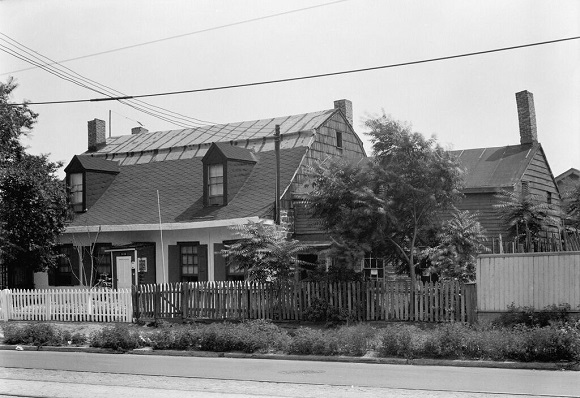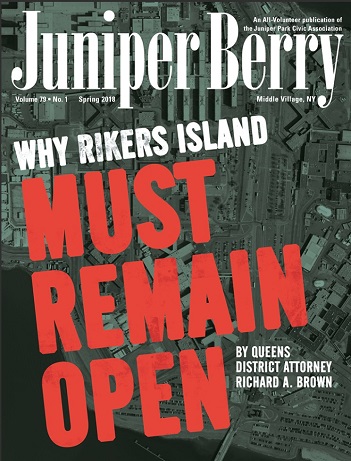At the corner of Onderdonk and Flushing Avenues in the town of Ridgewood, Queens stands the oldest Dutch colonial stone style farmhouse in all the five boroughs. The house is named after two prominent Dutch families that each lived there for almost 100 years. The Vander Ende family lived there from 1709-1790s, and later the Onderdonk family took possession of the house in 1809 staying until the 1920s.
The main part of the house, which is made of stone, was built in 1709 by the Vander Ende family and finished about a year later. Throughout the duration of the year the family would eat and sleep and do most everything in the basement. There were remains of animal stables found in the basement and a possible sleeping location for the Vander Endes.
The Onderdonks built the wooden addition of the house in the early 1820s. Both families’ profession was farming as the original length of the land was 100 acres. Now it is only 2 acres, as pieces of property were sold off as the years went by. The Vander Ende-Onderdonk House itself captures what the five boroughs once looked like.
During the colder weather both families would sleep in the attic where there used to be 4 rooms each with a Dutch style bed (bunk bed within a closet) to conserved space and heat. The Dutch were frugal and looked for ways to save money and make the best of what they had, which also explains the low beams in the basement (not only to conserve heat but also because the Dutch were short). Neither family was poor or rich being that they were farmers and grew crops for food all year round with any excess crops being sold at a farmers’ market in New Amsterdam (Manhattan). There are two rooms on the 1st floor that are dedicated to the time-period in which the two families lived.
The Vander Ende family worked hard while enjoying a simplistic social life; women of the house would wear plain clothing and spend the entire day cooking, cleaning and ironing clothes. Whereas the Onderdonks would have been more social with the women of the house having worn fancy dresses on occasion and likely possessing items such as grandfather clocks, crystal chandeliers, candelabras and a piano.
The people and companies to own the property after the Onderdonks were Louise Gemline who was the last person to use the house to live and work in, a small robotics company that helped assemble parts for NASA, and then finally, a greenhouse company. Throughout the house’s history two major fires happened: one during the Civil War in 1865 and the fire in 1975 that destroyed the entire house except for the stone walls and hearth in the basement.
For those interested in finding out more history about the house, we are open Wednesday from 3PM-6PM and Saturday and Sunday from 12PM-4PM.



